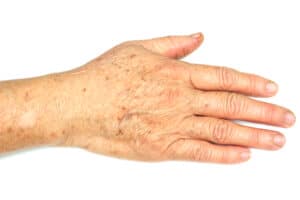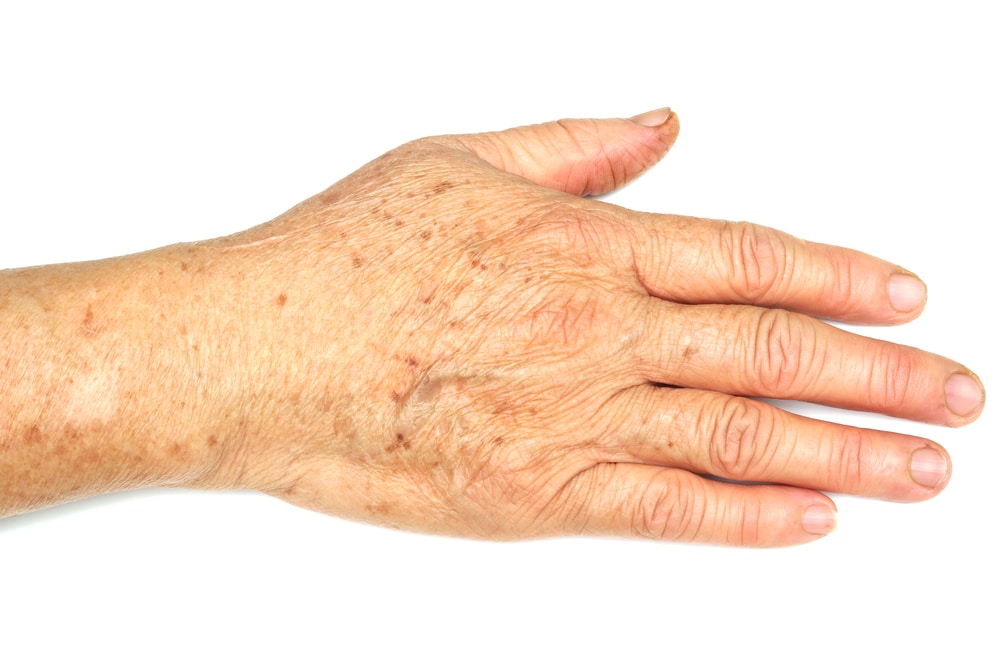If you’ve ever driven a car into Manhattan, chances are you’ve been through the Lincoln Tunnel. And if you’ve hit it during rush hour or some other problem, the flow is anything but clear.
The same can happen with the carpal tunnel in humans. The carpal tunnel is a narrow, fibrous passage in the wrist that protects the median nerve. This is the nerve responsible for movement and sensation in the hand and thumb, index and middle fingers. It can become congested, leading to tingling and numbness in the fingers — carpal tunnel syndrome.
What causes carpal tunnel syndrome?

Symptoms
Carpal tunnel syndrome often shows itself in people whose jobs require repetitive use of their hands. For some unknown reason, it affects women more than men. The condition usually begins as an ache in the wrist that may extend down to the forearm or up to the hand. As carpal tunnel syndrome worsens, the patient may experience tingling or numbness in the fingers or pain radiating through the entire arm. At this point, there may also be weakness in the hand and difficulty in grasping small objects. Most people find the condition worse when first awakening in the morning and when using the fingers directly.
How we treat carpal tunnel syndrome
The team at Texas Neurosurgery begins with conservative methods to treat carpal tunnel syndrome:
• Resting the hands
• Utilizing cold packs to reduce inflammation through the carpal tunnel
• Anti-inflammatory drugs
• Splints
• Physical therapy
• Corticosteroid injections
If these methods do not stop the pain and tingling in the fingers, we may opt to surgically relieve the pressure on the median nerve.
Carpal tunnel release
This procedure is called carpal tunnel release. The goal is to relieve pressure on the median nerve and reduce symptoms of carpal tunnel syndrome. The procedure can restore muscle strength and dexterity.
We perform the procedure in two ways: endoscopically or through an open procedure. Which method we opt to perform depends on the individual situation of each patient.
Open carpal tunnel release involves a two-inch incision in the middle of the palm. This provides the surgeon a better view of the treated area and involves less risk of accidentally damaging nerves in the area.
Endoscopic carpal tunnel release involves only two tiny incisions and makes for less post-operative pain and a faster return to work.
If you have tingling in your fingers or wrist pain, you may have carpal tunnel syndrome. Call us at 214-823-2052 and let’s have a look and see if we can get you back to a pain-free situation.


